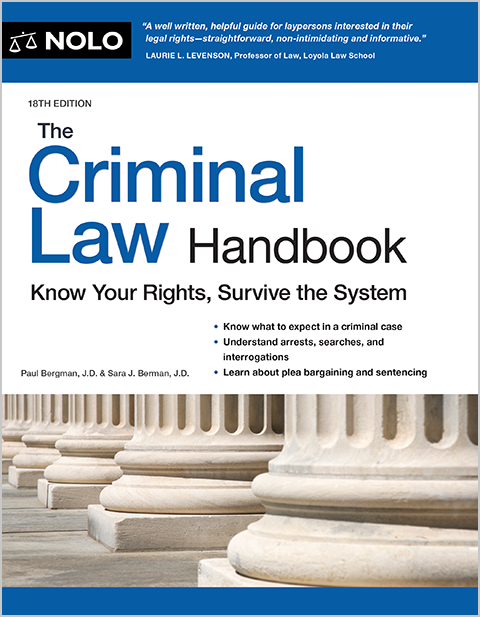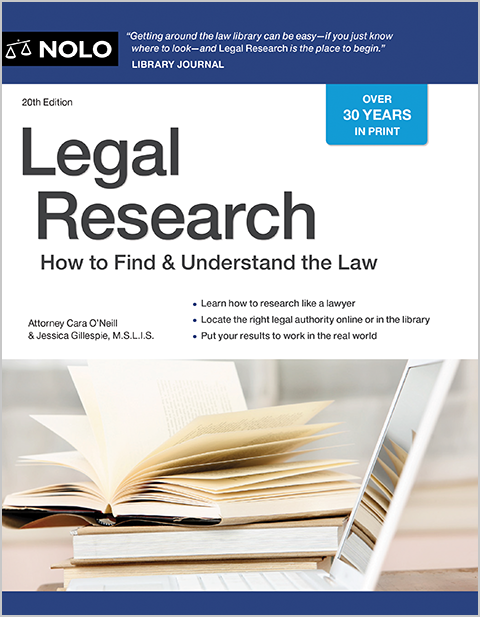Studies show the prevalence of mistaken eyewitness identifications. How can defendants convey this to jurors?
Many eyewitnesses are sincere in their identification of a culprit, but this doesn't make them accurate. Cognitive psychologists have conducted thousands of experiments examining factors that can affect the accuracy of eyewitness identifications. This research gives us good reason to be skeptical of a witness who points to the defendant in court and professes certainty.
Eyewitness accounts remain a main source of evidence presented to criminal juries. By the time witnesses take the stand, they sincerely and firmly believe they've identified the culprit. These confident accusations lead to convictions every day. One study found that jurors gave the most weight to eyewitnesses who presented confident testimony in the courtroom, regardless of their confidence level at the initial identification. (Garrett, et. al. 2020.)
Jurors are supposed to evaluate the credibility of witness testimony. Defendants and their attorneys need to make sure jurors also scrutinize the risk that the witness's truth could be wrong.
Understanding the Psychology Behind Eyewitness Testimony
The human memory doesn't act like a machine, accurately recording, storing, and retrieving images on demand. A person stores memories in a way that makes sense to them, not necessarily how they happened. Memories are fragile and susceptible to stress, suggestions, biases, time, and other memories. As one expert puts it, "Some memories are elaborations created by witnesses over time based on their own rationalizations for what must have happened and suggestions from others." (Geiselman, Eyewitness Expert Testimony (1995).)
Psychologists tell us that memories go through multiple stages:
- the acquisition stage—perception of the original event
- the retention stage—period of time that passes between the event and recollection, and
- the retrieval stage—point(s) at which the person recalls stored information.
Just like other forensic evidence, eyewitness memories can be contaminated throughout these various stages.
What Factors Can Lead to Eyewitness Misidentification
Scientists generally group the various factors that can influence and distort memories into two categories—estimator variables and system variables. Estimator variables cannot be controlled. They are the external factors impacting the information a witness receives while experiencing the event, such as vantage point, lighting, duration, distractions, and stress. System variables are factors that can be controlled within the criminal justice system, including lineup procedures, questioning tactics, and simple comments.
Estimator Variables
Estimator variables are often matters of common sense and everyday experience. For example, most people recognize the difficulty of making an accurate identification based on a quick glance as opposed to a long look. Similarly, you don't have to be a cognitive scientist to know that lighting, distance, and the witness's physical condition (for example, fatigued) can also compromise an identification. Here are some of the less obvious factors that have led eyewitnesses to make mistakes.
Stress. While many people tend to believe that "stress sharpens the senses," research consistently shows that people who are under stress when they observe an event are more likely to misidentify the culprit.
Presence of a weapon. Eyewitnesses confronted by a weapon are apt to focus on the weapon rather than the person holding it.
Confidence level. Eyewitnesses who express great confidence in their identifications are no more accurate than those who admit to uncertainty. Confident eyewitnesses sometimes have higher error rates.
Cross-racial identification. Eyewitnesses are less accurate when asked to identify someone of a different race. This factor affects members of all racial groups.
Transference. Eyewitnesses may make a mistaken identification because they saw the person they identify on a different occasion.
Multiple perpetrators. Identification accuracy decreases as the number of people involved in an event increases.
General impairment. Mundane factors can easily impact an eyewitness's ability to recall events. Perhaps they were distracted by their phone, forgot their glasses, or had a few glasses of wine. A person's age can come into play (young or old).
Any of these factors can limit a person's ability to recall detailed information or certain information.
System Variables
System variables are—or, at least, can be—under the control of the justice system. From the start of an investigation, what police do and say really matters. Everything from the wording of the questions to where and when those questions are asked can shape and, sometimes, contaminate the witness's memories.
Wording of a question. When police or investigators ask questions, the exact wording can influence how a witness remembers the event. Consider the following:
- leading question: "Was the man's hair black?" vs. "What color was the suspect's hair?"
- verb choice: "How fast were the cars going when they smashed each other?" vs. "How fast were the cars going when they collided?"
- article choice: "Did you see the gun?" vs. "Did you see a gun?"
Changing just one word can completely shift one's perception and memory.
Lineups and photo spread procedures. A number of biases can influence live lineups and photo spreads. Everything from the administrator's choice of "fillers" (innocent stand-ins) to their language can influence or sway the eyewitness's identification. To avoid such influences, experts suggest that lineups should be double blind, meaning that neither the administrator nor the witness knows who the suspect is in the lineup.
Pressure to choose. Eyewitnesses are more likely to make mistakes when they feel pressure to make an identification, even if they are told that they don't have to make a choice.
Misinformation effect. Eyewitnesses are more likely to make mistakes when they discuss events with other observers. In these situations, witnesses may alter their memories to be in agreement with others.
Post-event information. Exposure to the media and other people can increase the chances that false memories will find their way into the eyewitness's account of the actual events.
Passage of time. The longer police or investigators wait to interview someone, the less accurate the eyewitness's memory will be. The accuracy of recall tends to decrease with time. The passage of time also opens up the possibility of additional outside factors contaminating the witness's memory.
How Reliable Is Eyewitness Testimony?
While eyewitness memories can't be verified, continuing research informs us that confidence doesn't equate to accuracy.
For instance, researchers in one study looked at 11 peer-reviewed published papers that collected data from a total of 6,734 police lineups. Researchers found that more than one-third of witnesses who made an identification picked a known-innocent person from the lineup. More than 35% didn't make any identification.
Another window into mistaken eyewitness identification comes from DNA testing and exonerations. The National Registry of Exonerations shows that 27% of exonerations from 1995 to 2024 included mistaken witness identification as a contributing factor. The Innocence Project estimates that more than 60% of their clients were wrongfully convicted based on eyewitness misidentifications.
Unfortunately, none of these numbers provides a true estimate on how reliable eyewitnesses are. But they all show how dangerous uncorroborated eyewitness testimony can be.
How Can Defendants Challenge Eyewitness Testimony?
Defendants should contact an attorney as soon as possible, preferably before any lineup or photo spread is conducted. A defense attorney can challenge deficiencies in a lineup or photo spread and ask that police record all aspects of the procedures and identification using video and audio. The defense attorney can also challenge police procedures and raise additional concerns regarding eyewitness identification in court.
Defense Strategies in Eyewitness Cases
Common defense strategies include cross-examining both eyewitnesses and police and educating the jury through expert testimony and jury instructions.
Cross-examination. The defense can rigorously cross-examine the witness and challenge the accuracy of their identification or other recollections in front of the jury. They can also cross-examine police or any administrators on how they conducted witness interviews, lineups, photo spreads, and whether they followed proper procedures.
Expert testimony. The defense might present expert testimony from a psychologist who specializes in eyewitness recollections. The expert won't be able to opine on the accuracy of the eyewitness testimony. Rather, they educate the jury by describing what factors can lead to inaccurate identifications.
Jury instructions. The defense attorney can argue for specific jury instructions that summarize factors affecting eyewitness accuracy. New Jersey's model instructions, for example, list many of the variables discussed above and point out that:
"Eyewitness identification evidence must be scrutinized carefully. Human beings have the ability to recognize other people from past experiences and to identify them at a later time, but research has shown that there are risks of making mistaken identifications….
Although nothing may appear more convincing than a witness's categorical identification of a perpetrator, you must critically analyze such testimony. Such identifications, even if made in good faith, may be mistaken."
Emerging Trends in Evidence and Procedures
Fortunately, an increasing number of state courts and legislatures have been carefully examining research surrounding eyewitness reliability. California legislators placed procedures for photo and live lineups in the law to ensure police agencies abide by these minimum standards. (Cal. Penal Code § 859.7 (2025).) And a growing number of court opinions have presented exhaustive inquiries into the inherent unreliability of eyewitness testimony. These emerging trends have made it easier for some defendants to get expert testimony or specific jury instructions in front of a jury to challenge the accuracy of eyewitness testimony.
Working With Your Lawyer
If you've been charged with a crime based on eyewitness testimony, talk to your lawyer about defense strategies to challenge the identification. And if police ask you to voluntarily participate in a lineup, be sure to consult an attorney before doing so.

